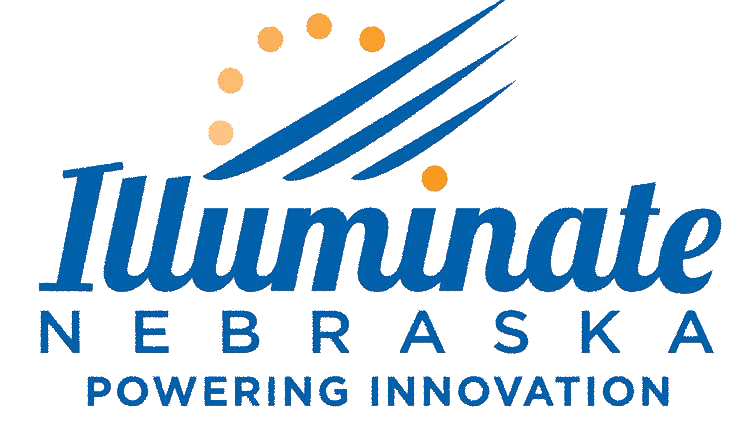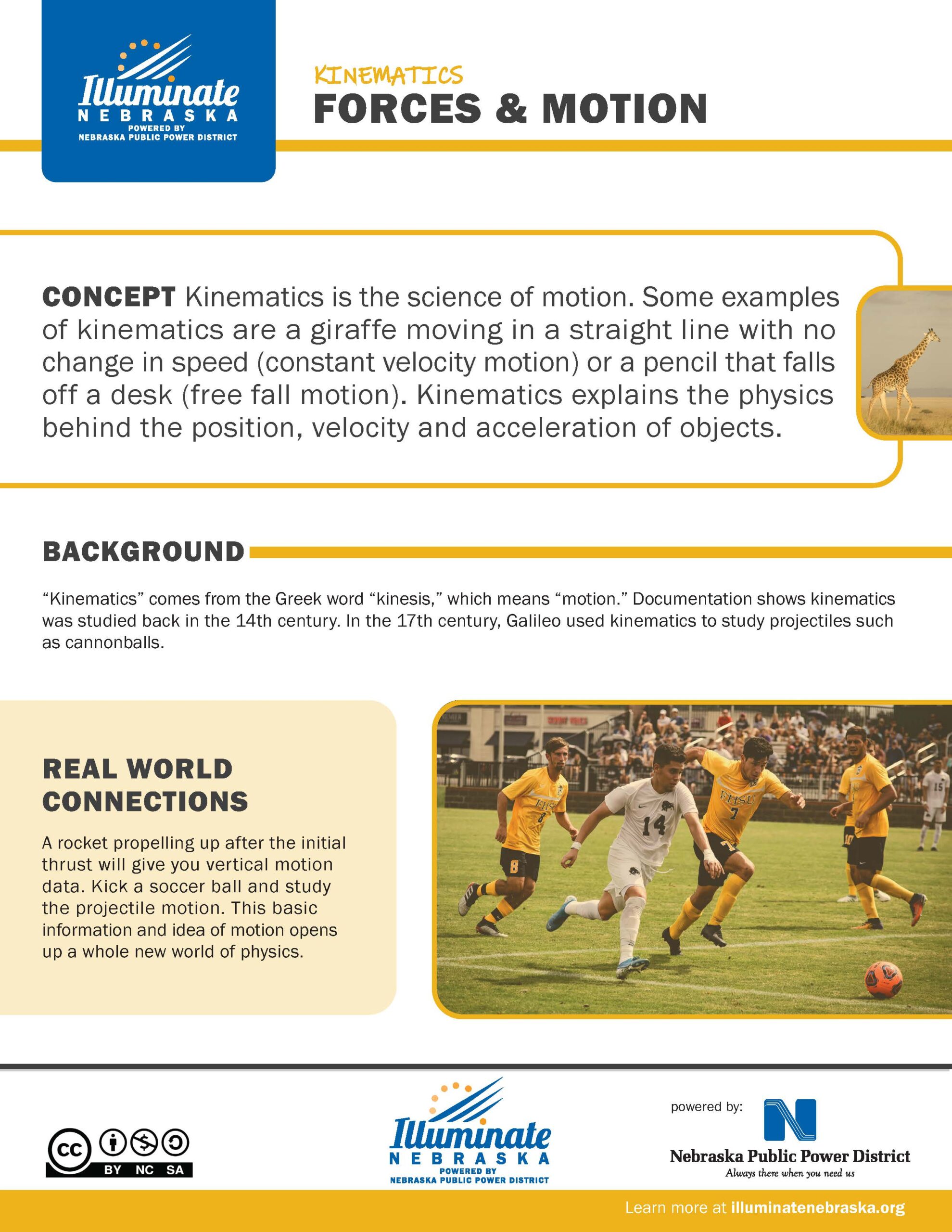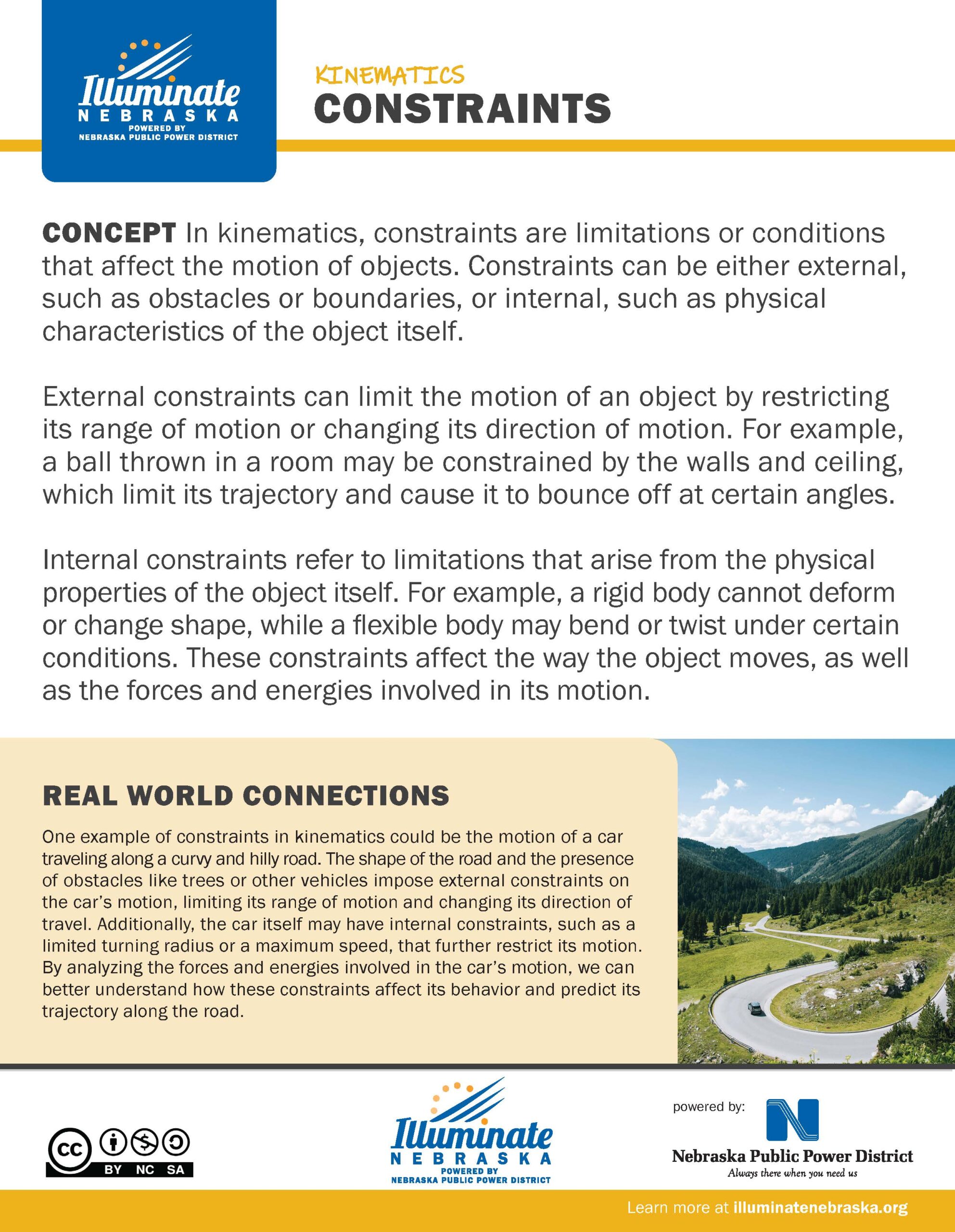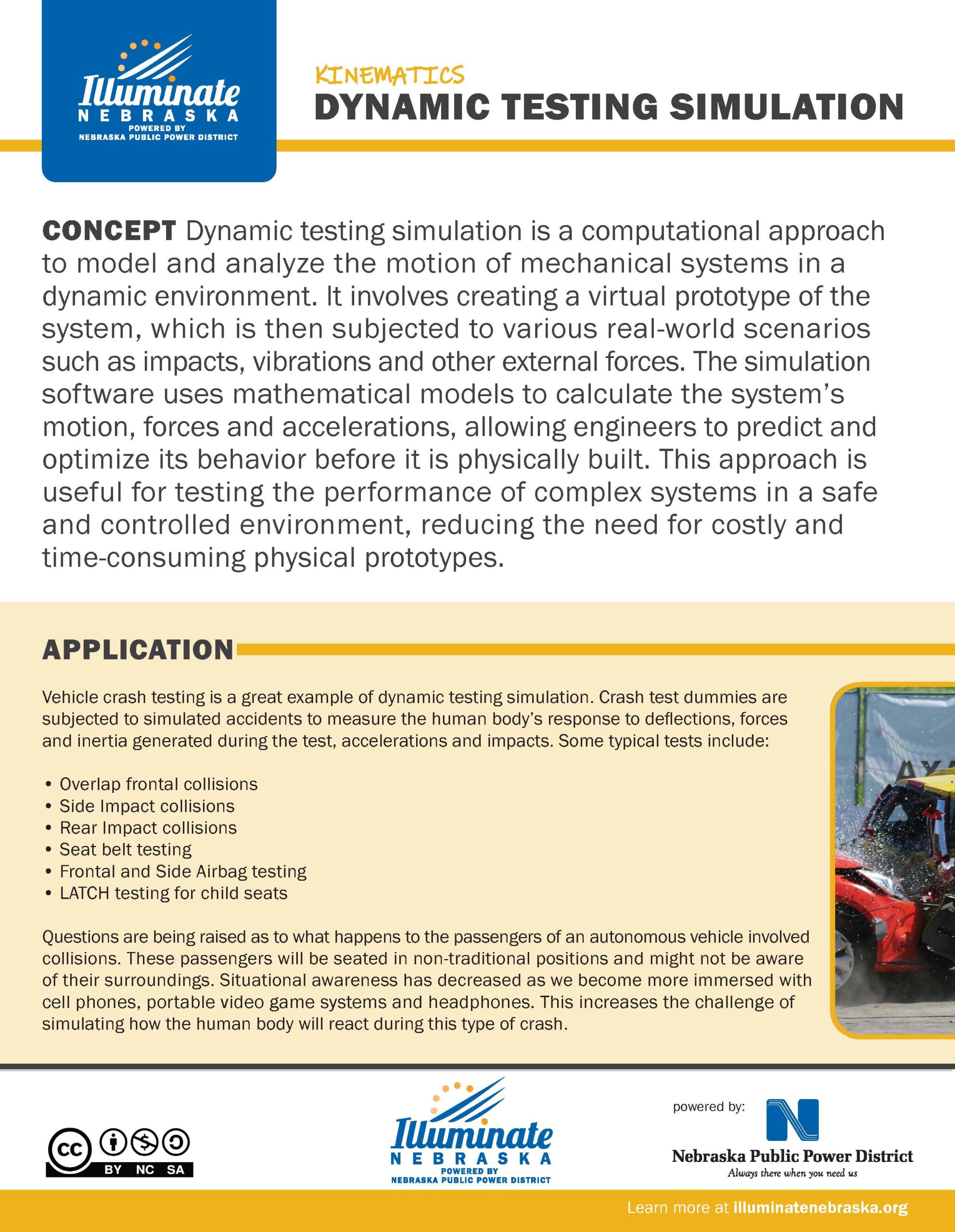Kinematics
Engineering
Forces & Movement
Kinematics is the science of motion. Some examples of kinematics are a giraffe moving in a straight line with no change in speed (constant velocity motion) or a pencil that falls off a desk (free fall motion). Kinematics explains the physics behind the position, velocity and acceleration of objects.
Degrees of Freedom
Coming Soon!
Constraints
In kinematics, constraints are limitations or conditions that affect the motion of objects. Constraints can be either external, such as obstacles or boundaries, or internal, such as physical characteristics of the object itself. External constraints can limit the motion of an object by restricting its range of motion or changing its direction of motion.
Gruebler’s Equation
Coming Soon!
Dynamic Testing Simulation
Dynamic testing simulation is a computational approach to model and analyze the motion of mechanical systems in a dynamic environment. It involves creating a virtual prototype of the system, which is then subjected to various real-world scenarios such as impacts, vibrations and other external forces.



